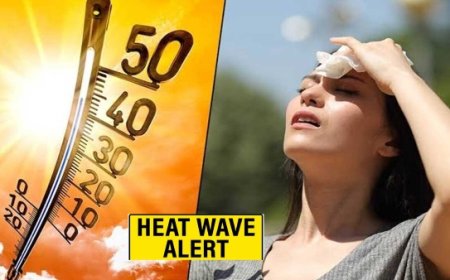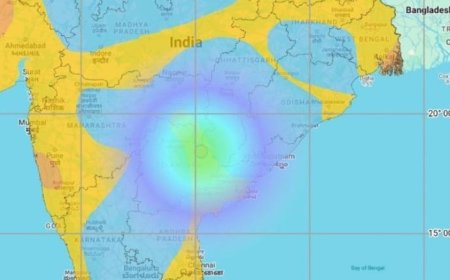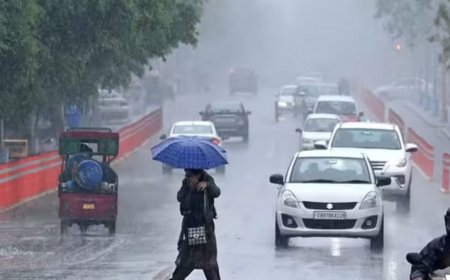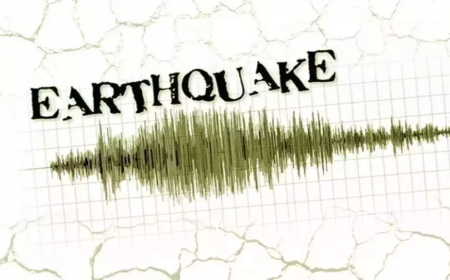Tsunami Alert Announced in Japan Following a 6.9 Magnitude Earthquake: Understanding the "Ring of Fire"
Japan recently issued a tsunami warning after a 6.9 magnitude earthquake struck the region. Explore the causes of such events and the significance of the 'Ring of Fire' in this detailed article.
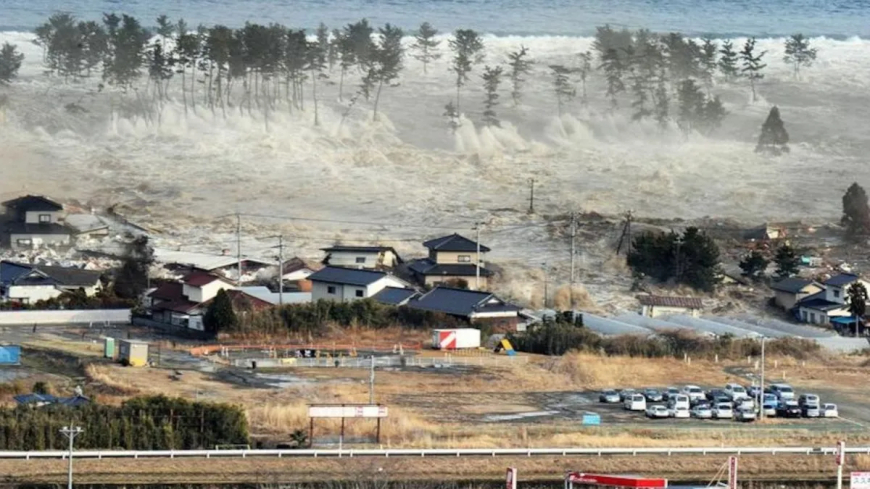
Article
Introduction
Japan recently issued a tsunami advisory following a powerful earthquake measuring 6.9 on the Richter scale. The tremor occurred in a region highly prone to seismic activity, prompting authorities to warn coastal residents about potential waves. This event has once again drawn attention to the "Ring of Fire," a seismic hotspot responsible for frequent earthquakes and volcanic eruptions across the Pacific region.
In this article, we’ll break down:
- What led to the tsunami warning?
- Why is Japan vulnerable to such events?
- What exactly is the "Ring of Fire"?
Let’s dive into these topics step-by-step.
1. The Earthquake: What Happened?
- A strong earthquake with a magnitude of 6.9 was detected off the coast of Japan.
- The epicenter was located beneath the ocean floor, which raised concerns about the possibility of tsunami waves.
- Fortunately, no immediate reports of large-scale damage or casualties have surfaced so far.
2. Tsunami Advisory: What Does It Mean?
- A tsunami advisory is a precautionary alert issued to warn coastal communities about potential waves.
- Unlike a tsunami warning, which signals imminent danger, an advisory suggests monitoring the situation closely.
- Residents in affected areas were advised to stay away from beaches, ports, and other low-lying zones.
3. Why Japan Faces Frequent Earthquakes?
- Japan is located at the convergence of four major tectonic plates: the Pacific Plate, the Philippine Sea Plate, the Eurasian Plate, and the North American Plate.
- These plates constantly move and interact, leading to frequent seismic activity.
- Subduction zones, where one plate slides beneath another, are particularly active in Japan, causing both earthquakes and tsunamis.
4. What Is the "Ring of Fire"?
- The "Ring of Fire" refers to a horseshoe-shaped zone encircling the Pacific Ocean, known for intense seismic and volcanic activity.
- About 75% of the world’s active volcanoes and 90% of its earthquakes occur in this region.
- Countries such as Japan, Indonesia, the Philippines, and the west coast of the Americas are part of this area.
5. How the "Ring of Fire" Impacts Japan
- Japan’s location within the "Ring of Fire" places it at the heart of one of the most geologically active areas on Earth.
- The constant movement of tectonic plates results in frequent earthquakes, volcanic eruptions, and tsunami risks.
- Despite these challenges, Japan has developed advanced technologies and disaster-preparedness strategies to minimize loss of life and property.
6. Steps Taken by Japan for Earthquake Preparedness
- Early Warning Systems: Japan has one of the most advanced earthquake and tsunami warning systems globally.
- Strict Building Codes: Structures are designed to withstand strong tremors, reducing the risk of collapse.
- Public Awareness Campaigns: Regular drills and educational programs ensure citizens are well-prepared to respond during emergencies.
7. What Should You Do During a Tsunami Advisory?
- Move to Higher Ground: Immediately relocate to elevated areas away from the coast.
- Stay Informed: Follow updates from local authorities and weather agencies.
- Prepare an Emergency Kit: Include essentials such as food, water, medication, and a flashlight.
8. The Global Importance of Monitoring the "Ring of Fire"
- The "Ring of Fire" is a key area for understanding geological activity and improving early warning systems worldwide.
- By studying this region, scientists can better predict and prepare for future earthquakes and tsunamis.
Conclusion
Japan's recent tsunami advisory highlights the constant challenges faced by nations situated along the "Ring of Fire." While the country’s preparedness minimizes risks, understanding the underlying causes of such events is essential for long-term safety.
From the geological significance of the "Ring of Fire" to practical safety measures, staying informed is the first step to protecting lives and property in earthquake-prone areas.
Stay safe, stay prepared, and remember—the Earth’s dynamic processes are a reminder of both its power and beauty.
This article provides a comprehensive guide to understanding Japan's tsunami advisory and the broader context of the "Ring of Fire," ensuring readers stay engaged and informed.
What's Your Reaction?










